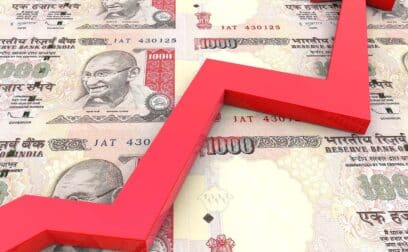Definition
Gearing, in financial terms, refers to the proportion of a company’s capital that is financed by debt compared to equity.
What is gearing?
Gearing is a measure of financial leverage and indicates the extent to which a company relies on borrowed funds for its operations and expansion. Gearing is expressed as a ratio and is used by investors, analysts, and lenders to assess a company’s financial risk and stability.
The formula for gearing ratio is:
Gearing ratio = (total debt / total capital) x 100%
A high gearing ratio indicates a significant reliance on debt for financing, which can lead to higher financial risk due to interest payments and potential difficulties in meeting debt obligations. On the other hand, a low gearing ratio suggests a lower reliance on debt, which can lead to lower financial risk, but may also indicate underutilisation of financial leverage.
The optimal level of gearing depends on various factors, including the industry, business model, and risk tolerance of the company. Some industries naturally have higher levels of gearing due to their capital-intensive nature.
Gearing vs. risk
Gearing refers to the ratio of a company’s debt to its equity, indicating the extent to which it is financed by debt. Higher gearing implies greater reliance on borrowed funds, which can amplify returns but also increase financial risk. Elevated gearing levels can lead to higher interest obligations and increased vulnerability to economic downturns. Conversely, lower gearing suggests a more conservative financial structure with less risk but potentially lower returns. Understanding the balance between gearing and risk is essential for assessing a company’s financial stability and its ability to manage debt effectively.
Example of gearing
Let’s consider an example for a company called Company XYZ
- Total capital: £1,000,000
- Equity: £600,000 (60% of total capital)
- Debt: £400,000 (40% of total capital))
In this example, Company XYZ has a gearing ratio of 40%. This means that 40% of the company’s total capital comes from debt, and the remaining 60% is equity.
































 yet? Register here!
yet? Register here!